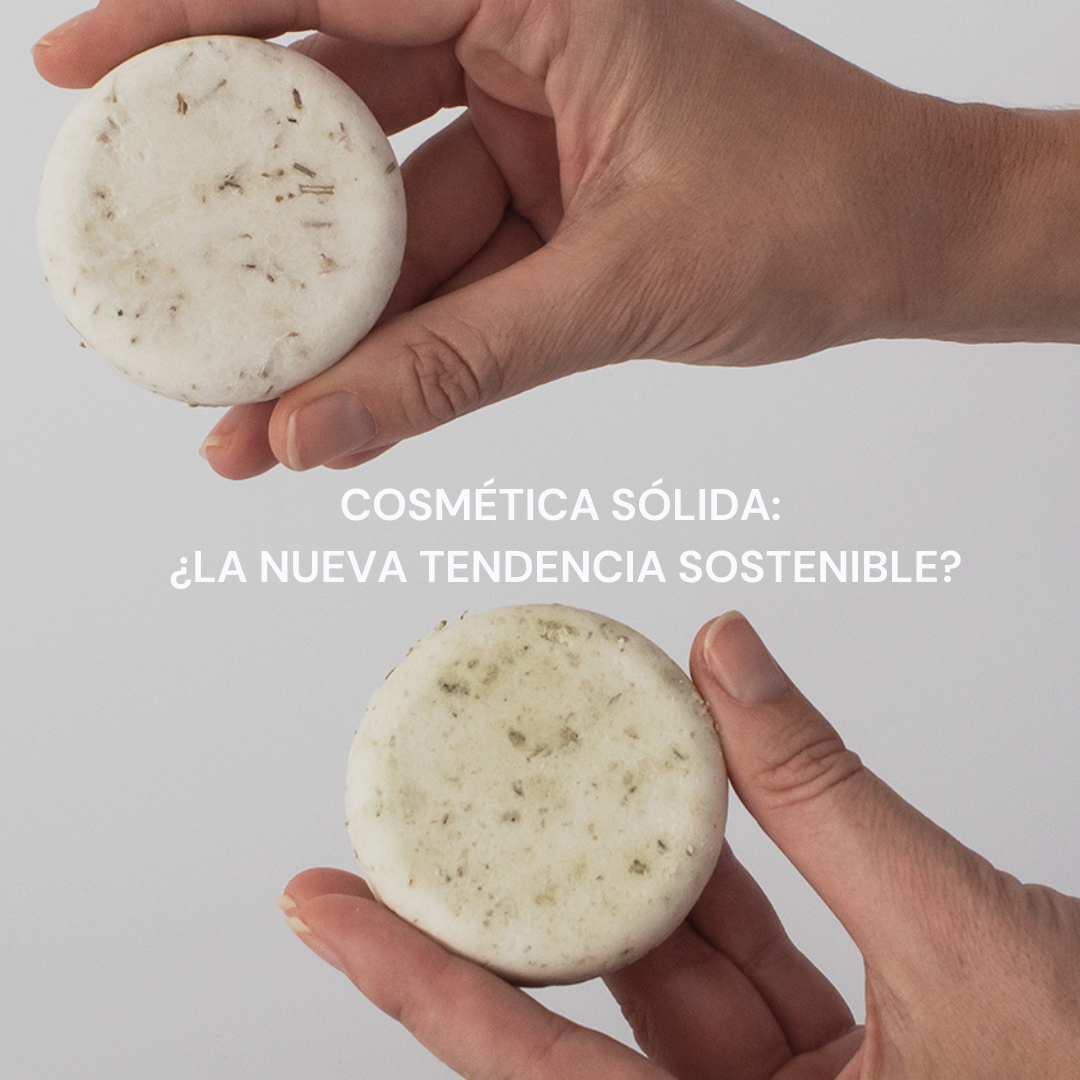
Solid cosmetics: The new sustainable trend?
Compartir
Solid cosmetics have emerged in recent years as a growing trend within the beauty industry. However, more than a passing fad, they represent a response to the growing consumer demand for responsible and sustainable products.
A story that goes back decades
Although it may seem like a recent innovation, solid cosmetics have a long history. Their use dates back decades, to when we already used products in the form of bars of soap, powder makeup, lipsticks, and even deodorant sticks.
A regulatory framework that drives change
Currently, the growth of solid cosmetics is closely linked to the development of new regulations aimed at reducing the environmental impact of plastic packaging.
- Royal Decree on Packaging and Packaging Waste (RD 1055/2022): This legal framework aims to ensure that, by 2030, all packaging is 100% recyclable and, whenever possible, reusable.
- Special tax on non-reusable plastic packaging: In effect since January 2023, this €0.45 tax per kg of non-recycled plastic incentivizes companies to opt for more sustainable alternatives, such as solid cosmetics.
These regulations have prompted companies to reconsider their production and packaging processes, favoring environmentally responsible formats.
Benefits of solid cosmetics
One of the main attractions of solid cosmetics is their ability to reduce both the water and carbon footprint:
- Smaller water footprint: Since they contain very little water, these products are more concentrated and effective.
- Reduction of CO2 emissions: Its smaller storage and transport volume reduces emissions generated in logistics.
According to the World Meteorological Organization (WMO), it is estimated that by 2050, 55% of the population will face water stress. In this context, solid cosmetics are positioned as a viable and sustainable solution.
Furthermore, these products last significantly longer. For example, solid shampoo can last three times longer than its liquid counterpart. Although its initial cost may seem higher, its concentration and quality offer a better value.
Challenges in the production of solid cosmetics
Despite its benefits, the production of solid cosmetics faces certain challenges:
- Process adaptation: Some products require hot packaging and subsequent cooling, which requires rigorous control.
- Microbiological safety: It is crucial to ensure that the product remains stable and safe throughout its shelf life.
- Texture in facial cosmetics: Solid alternatives in this field must achieve pleasant, non-greasy textures and adequate spreadability, which requires complex formulation adjustments.
Consumer demand
The modern consumer is more informed and actively seeks out sustainable options. Solid cosmetics align perfectly with these expectations, offering effective and responsible products that help minimize environmental impact. This forces the industry to constantly innovate and adapt.
Far from being a simple trend, solid cosmetics represent a shift toward a more sustainable and conscious industry. With regulations promoting the circular economy and an increasingly demanding consumer, this format is positioned as a key solution for the future. As the industry evolves, it is essential to stay informed and adapt to ensure that tomorrow's products are both effective and environmentally friendly.
Solid cosmetics invite us to rethink our relationship with beauty products, offering a more responsible way to care for ourselves and the planet. Will you join the change?




